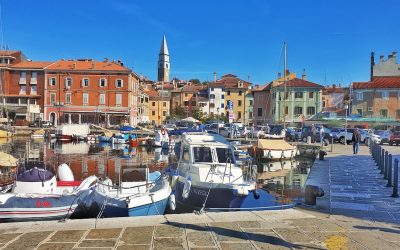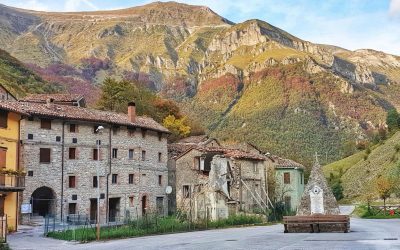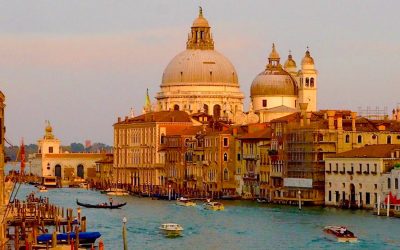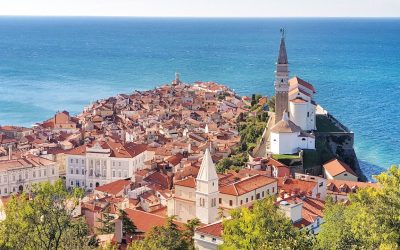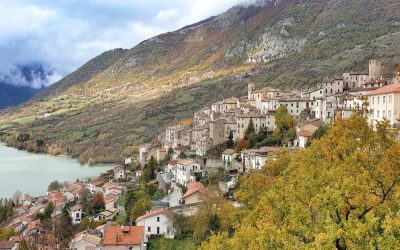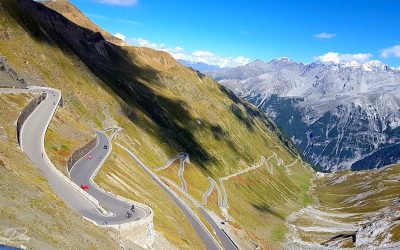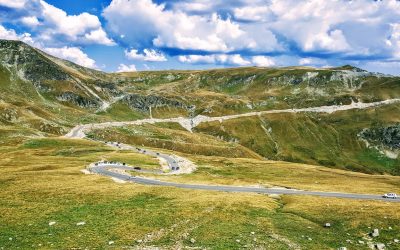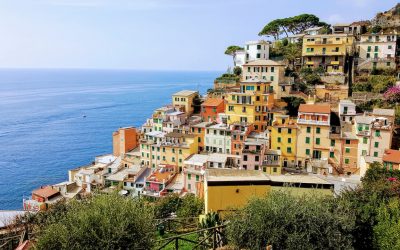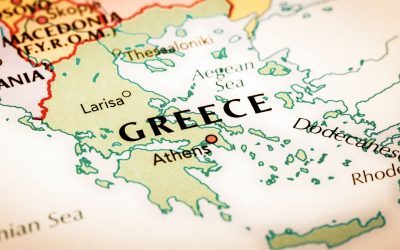The Age-old Conundrum - Road or Ferry? Europe’s shores are calling; adventure, culture and a rich tapestry of beautiful scenery awaits....

Italy
Italy
Our Nine Surprises of Slovenia
Slovenia may be a relatively new country that has emerged from the rubble of the Yugoslavia Federation although as a tourist destination...
The impact of Italy’s earthquakes
The effects of traumatic events last much longer than the headlines Travel is the greatest educator, inspirer and leveller. There is...
The Four Faces of Venice
If Hollywood is the land of dreams, then Venice is the land of love. With its unique landscape of buildings submerged in the salty waters...
A Guide to exploring Slovenia’s Riviera
SLOVEnia is a beautiful country with a gentle vibe that draws you into its graceful culture and laid back way of life. Yet when I think...
What’s it like visiting Italy?
Buongiorno e benvenuto! Italy has been our home for over three months in the last three years and it's been an experience of Highs and...
Driving Italy’s Stelvio Pass
Stelvio Pass, Italy - are you game for the ride of your life that gets your heart pumping, your legs wobbling and your eyes bulging with...
A Road-trip around the Balkans
As we look back at 2017 and our highlights - Eastern Europe is going to always stand out to us. Whilst we love Western Europe, our curious...
Visiting Italy’s Cinque Terre
Anticipation filled the autumn air as we looked ahead to Italy’s Cinque Terre. The Famous Five; a coastal stretch of Italy's Riviera that...
A Route through Italy to Greece
Sitting in Spain at the beginning of the year, we started contemplating the next chapter in our Motoroaming adventures - our Greek...
Follow us
You can find us on social media,
different channels for different content.


